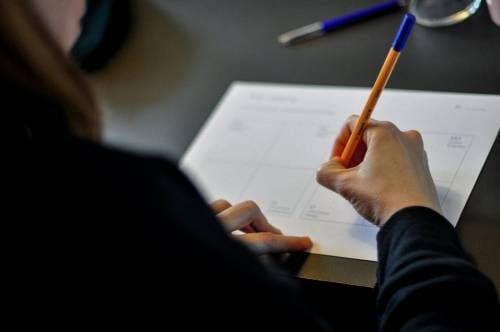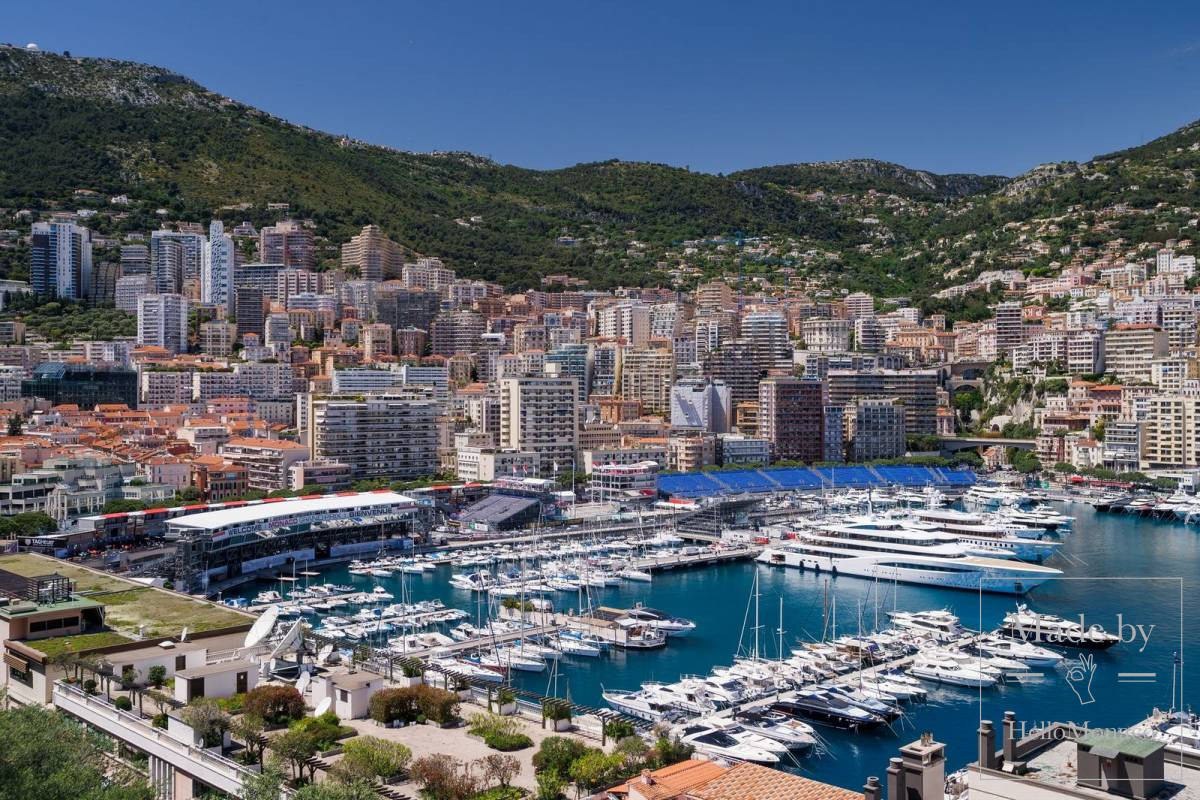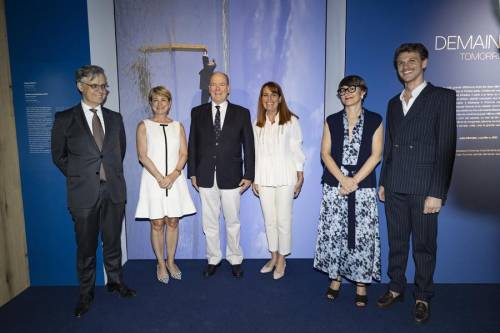Venturi engineers have developed the world’s first zero emission vehicle for the exploration of polar regions. On 5 June, World Environment Day, the Monegasque manufacturer will be presenting the new Antarctica which will be used at the Princess Elisabeth science base.
The Antarctica can carry up to six people, plus equipment and a second battery, which can extend the first battery’s range of 50 kilometres. On 1 June, at Venturi headquarters, the newest model of the Antarctica was presented to the Sovereign.
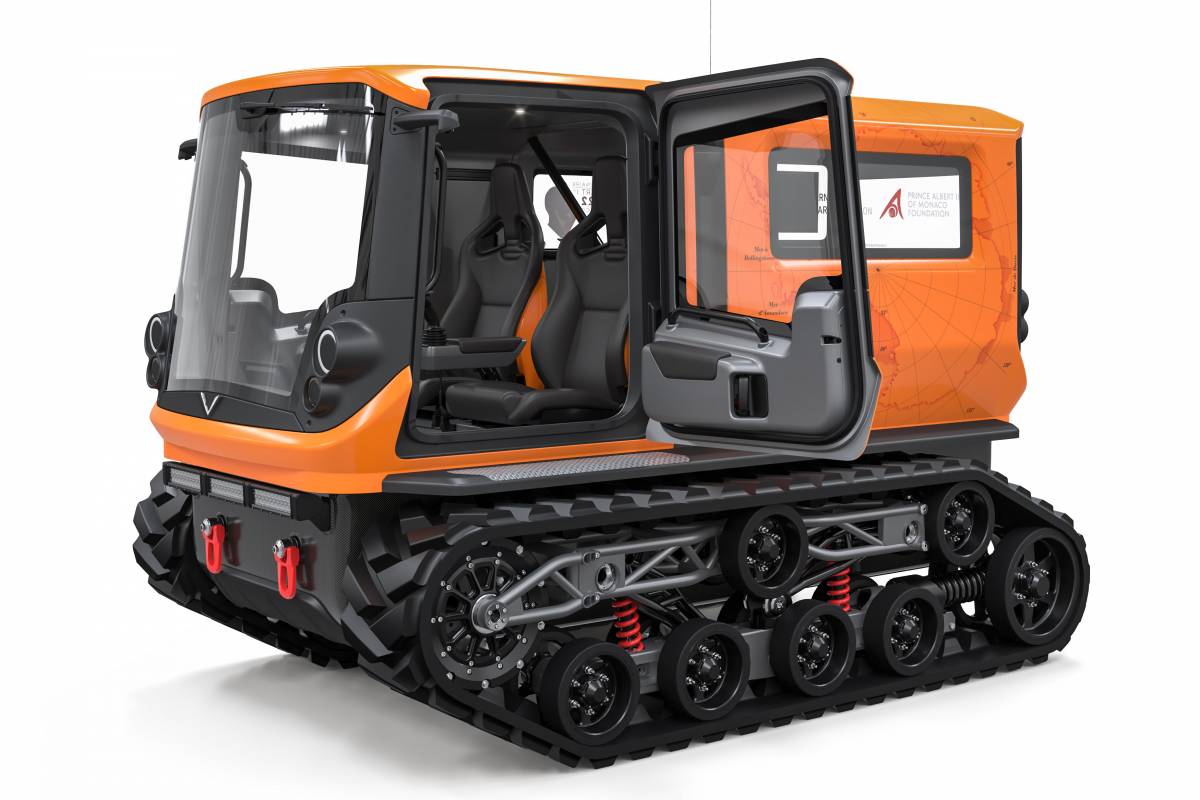
Twelve years of adventure
The adventure first began in 2009, when HSH Prince Albert II of Monaco returned from a trip to Antarctica. The Sovereign noticed there that none of the twenty-two exploration bases he had visited were equipped with carbon-free vehicles. He then asked Gildo Pastor, President of Venturi, to study the feasibility of designing a vehicle suitable for use at the scientific research stations.
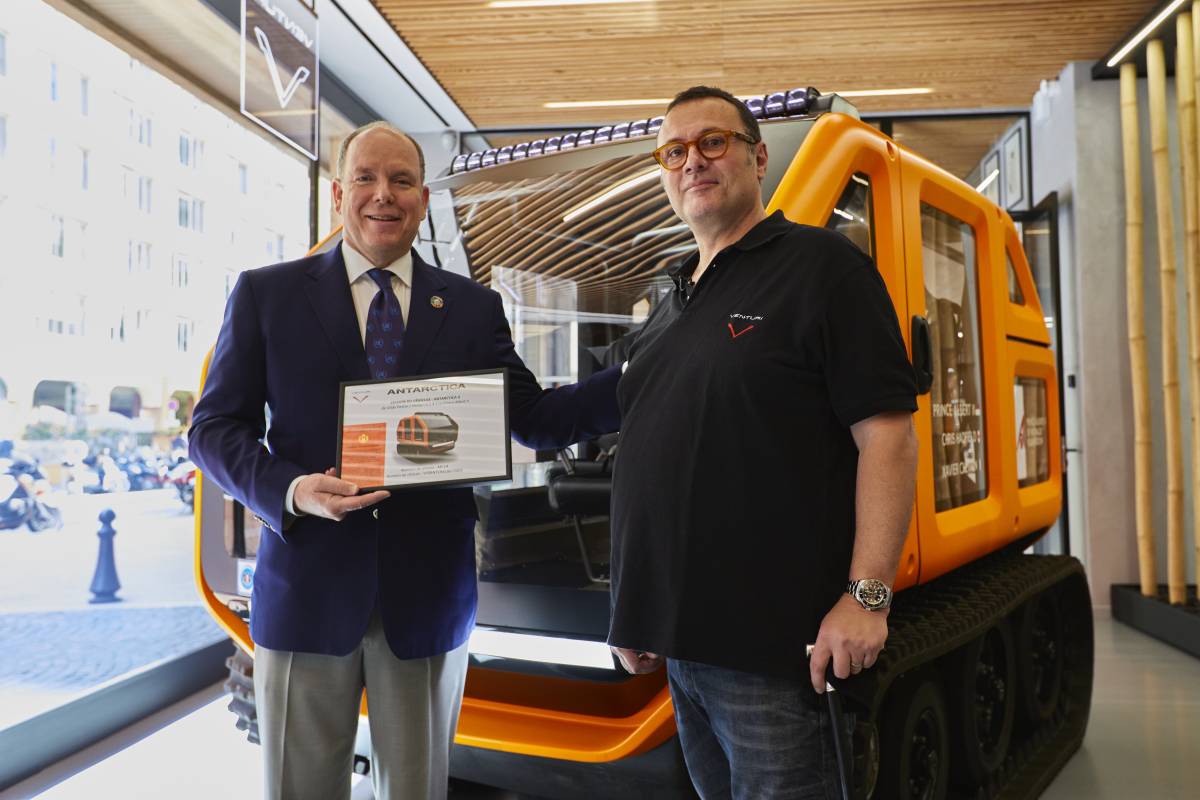
In 2010, the schematics of a future electric tracked vehicle were presented by Venturi at the Paris Motor Show. Then, in December 2011, the Oceanographic Museum of Monaco hosted the presentation of the first Antarctica project to celebrate the centenary of South Pole exploration. On 30 November 2018, a new generation of the vehicle was presented at the Prince’s Palace in Monaco. The well-insulated model was designed to withstand and discover the icy landscape of the poles and could be recharged using renewable energies like solar or wind.
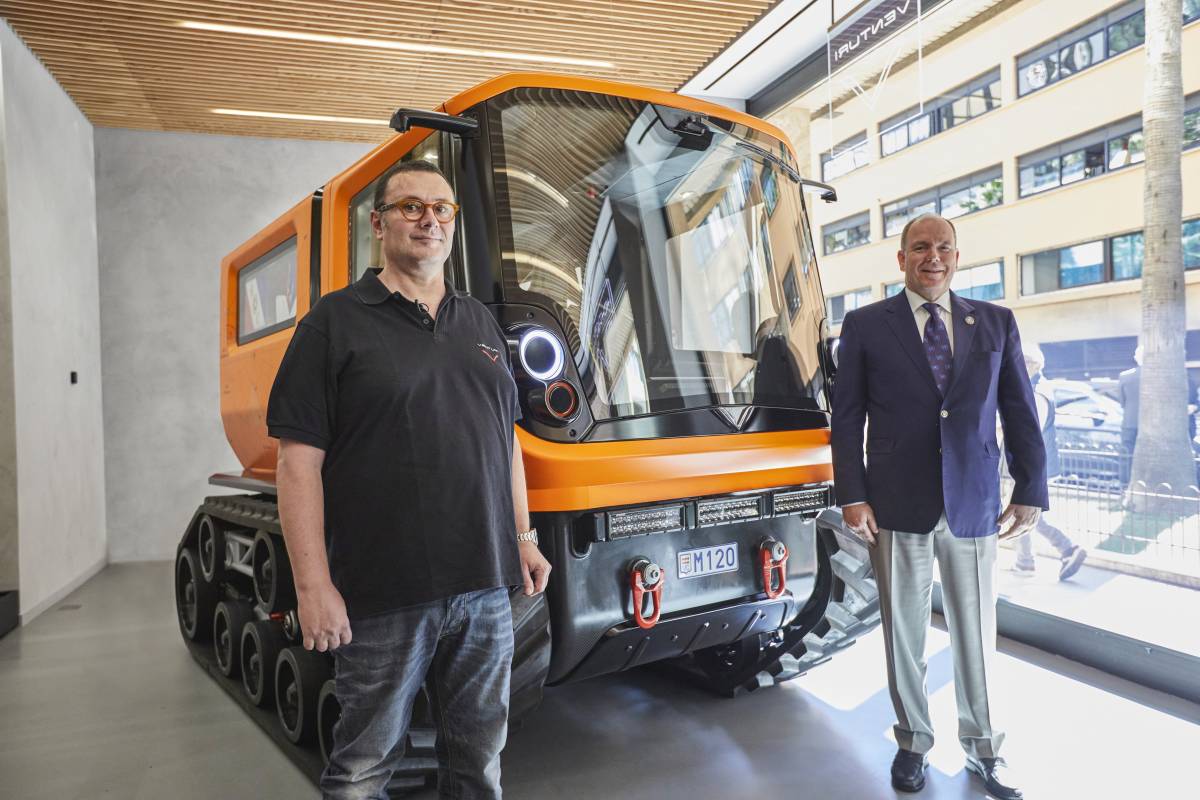
Testing the Antarctica at a ski resort near Monaco
Tests were first carried out in Auron, a ski resort near Monaco. For four days and three nights, Venturi engineers took turns at the controls of the vehicle in order to collect as much data as possible in subzero temperatures. The Antarctica also spent time in a climatic chamber set to -40°C, where its main functions were put to the test. These tests made it possible to confirm the proper functioning of the anti-freeze and defrosting systems, doors and electronic components.
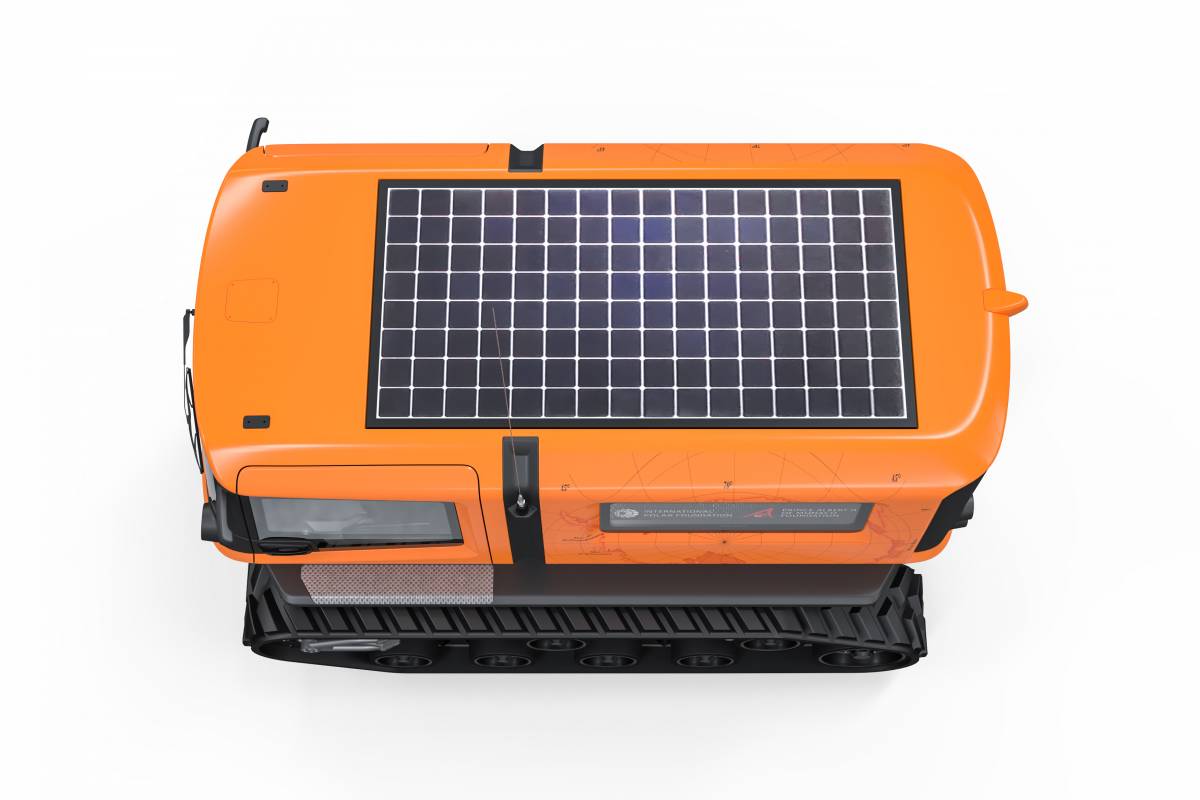
In February 2019, the Research and Development department of the Monegasque group set up a base camp in British Columbia. This region of Canada is renowned for its hostile terrain and harsh climates. In March 2019, three extraordinary pilots went behind the wheel of the Antarctica for a unique experience: HSH Prince Albert II of Monaco, Chris Hadfield, Canadian astronaut and Xavier Chevrin, President of Venturi North America. The three men followed one another at the helm of the vehicle along a particularly dangerous route, with an outside temperature of -35°C. They traveled 42 km on the mountainside, between Dease Lake and Telegraph Creek, on the land of the Tahltan First Nations people. The Tahltan people, who have been living in the region for over 10,000 years, welcomed the expedition and the technology designed to preserve the exploration sites with open arms.

The 2021 version of the Antarctica utilizes the concept of a bubble intended to explore the heart of extreme nature. The design was envisioned by Venturi Style Director, Sacha Lakic. The newest Antarctica is equipped with double glazing, with one centimetre of air between the two panels. While the chassis is made of steel and has several welding points, the parts of the body are made of carbon and are glued together. They are first assembled to each other, then to the vehicle’s structure. This means that there are no welds on the panels that surround the chassis, which improves the seal. Venturi engineers used “airgel” a silica-based mixture developed by NASA for space technology which can withstand very cold weather. The Venturi Antarctica will be operational from 7 December at the Belgian station.




